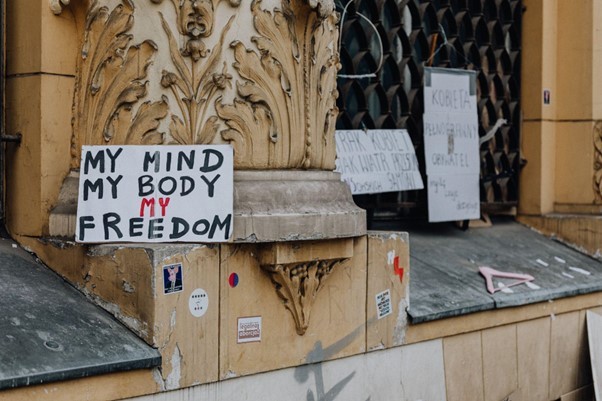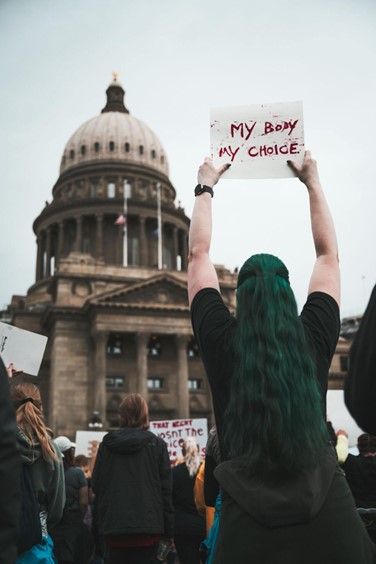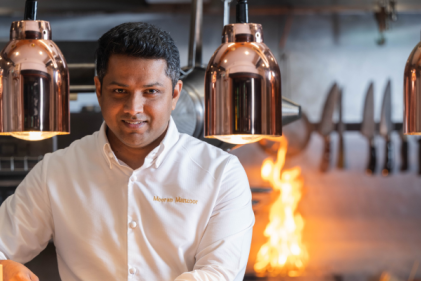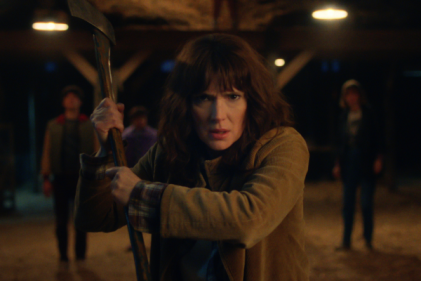
People all over the world have very different ideas about abortion and deal with it in very different ways. These views are shaped by the different cultures and groups that talk about abortion. The way these groups and cultures teach about abortion is also very different. What do people all over the world teach about abortion? Is it true that "abortion is healthcare" means the same thing everywhere? We look at these issues from the point of view of someone who supports choice to show how complicated the link is between abortion and college.
The Importance of Abortion Education
Understanding the significance of abortion education is pivotal in shaping a society's approach to reproductive rights and health. A practical way to grasp the depth and diversity of this topic is by examining example essays about abortion on PapersOwl. These essays serve as a microcosm of the global discourse, offering varied perspectives and insights. They not only give facts but also show how people feel and what they think about the issue. By reading these pieces, you can get a full picture of feticide from medical, legal, and personal points of view. This broadens the views of both students and teachers, showing how important it is to teach about abortion in a complete and complex way. People can make better decisions and opinions with the help of these kinds of tools. They show how important it is to teach humans about women's rights and reproductive health all over the world.
Abortion Education in Liberal vs. Conservative Societies
"Abortion is healthcare" is a phrase that is often accepted in liberal countries. This makes abortion education more open. In these places, abortion is often seen as a basic right that protects women's health and freedom. In these areas, educational programs often talk about how safe and easy it is to get an abortion, stressing that it is an important part of overall health care.
On the other hand, abortion and education can be a bad mix in countries that are more conservative. The idea of abortion as health care is often overshadowed by national, religious, and traditional values in this country. If there is education on this topic, it might focus on the moral and social problems that come up with abortion, without giving enough medical facts.

Global Perspectives on Abortion Education
The Scandinavian Approach: A Model of Comprehensive Sex Education
It is often praised that Scandinavian countries have advanced and all-encompassing sex education programs that teach about abortion. Young people in these places learn early on about their rights and how to take care of their sexual health. The teaching is based on facts, doesn't judge, and includes everyone. It covers a wide range of issues, from birth control to abortion. This method not only teaches people about their bodies, but it also gives them the power to make choices about them.
The American Divide: A Reflection of Political and Social Fragmentation
The United States is a good example of how abortion is taught in different places. The ideological and social split in the country is clear in the way abortion is taught and talked about. Conservative states have stricter rules and educational programs that limit what people can learn about abortion. This is because "abortion is healthcare" is a theory that says some states should have a broader view.
The Developing World: Challenges and Opportunities
Being poor makes it hard to go to collegel and have an abortion at the same time. Because of a lack of resources, social stigma, and legal boundaries, it can be hard to teach people about all aspects of abortion. But there is a good thing about it. These places are getting more and more attention from non-governmental and international groups. These groups teach people about abortion as an important part of health care and give them tools to help them do so.
Abortion Education and Cultural Sensitivity
When we talk about abortion, it's important to understand and accept that people come from different backgrounds. Remember this because religious, national, and social norms often have a big effect on how people feel about abortion. The area has a lot of different societies. Programs that teach people about abortion should accept these differences. In the classroom, it can be better if you use cultural stories and honor traditional views. For one thing, this way gets rid of stereotypes and false information that might be common in some places. For another, it helps people get to know each other better. Think about the different cultural situations in which people make decisions about reproduction. This will help make the classroom a better place for everyone. Being extra careful about this step makes sure that the talk about abortion is not only helpful, but also aware of and sensitive to different cultures around the world.
Future Trends and Directions
What do you think will happen to how people learn about abortion over time? There may be a slow but steady move toward more open and full abortion education around the world. This is because the world is becoming more connected and reproductive rights are becoming more important. It will be very important for countries to work together and make sure that health rules are fair for everyone.
One last time, different cultures and countries have very different ways of teaching about abortion. In some parts of the world, people have more liberal views than others. In Scandinavia, for example, people tend to have more liberal views. We need to be aware of these variations in order to make decisions and have smart conversations. As time goes on, it will be important to understand different cultures and use technology wisely in order to teach everyone about abortion. It's still being put together all of these different points of view. The end goal is for everyone to have the information and decisions they need about their reproductive health.
For more than ten years, Mary has worked hard to make sure that women have the right to choose their own health care and get all the information they need about health. Many print and online journals have published her important and thought-provoking stories and articles. She fights hard for women's right to get health care anywhere in the world and see a doctor when they need one.









